Dark Sky Region Grows In Eastern Oregon
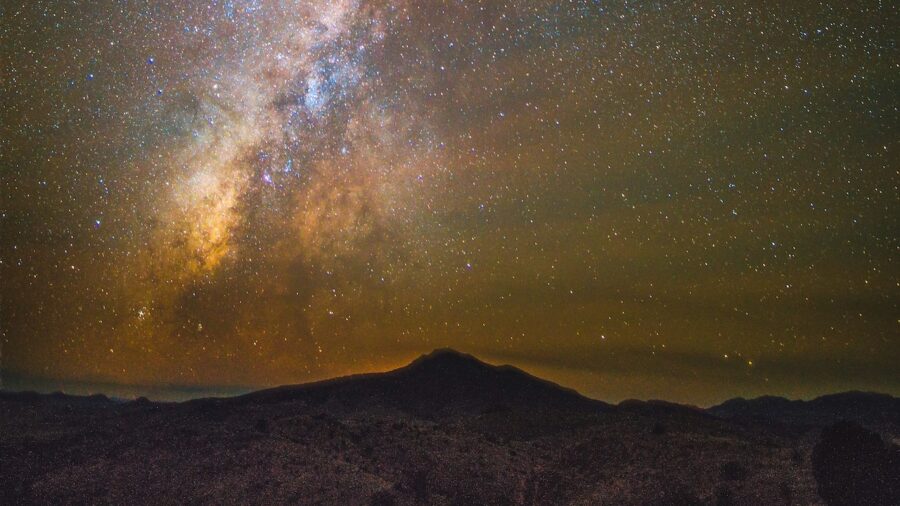
The largest dark sky sanctuary in the world, located in Southeastern Oregon, is about to grow. The 2.5 million-acre reserve, where bright lights are kept to a bare minimum, is intended to allow astronomers to observe the skies without interference from lights from roads, manufacturing, and residences.
Preserving a dark night sky doesn’t just benefit stargazers and scientists, though. It can also help wildlife that instinctually navigate by the light from celestial bodies and use the darkness to hunt.
A Simple Choice In Oregon
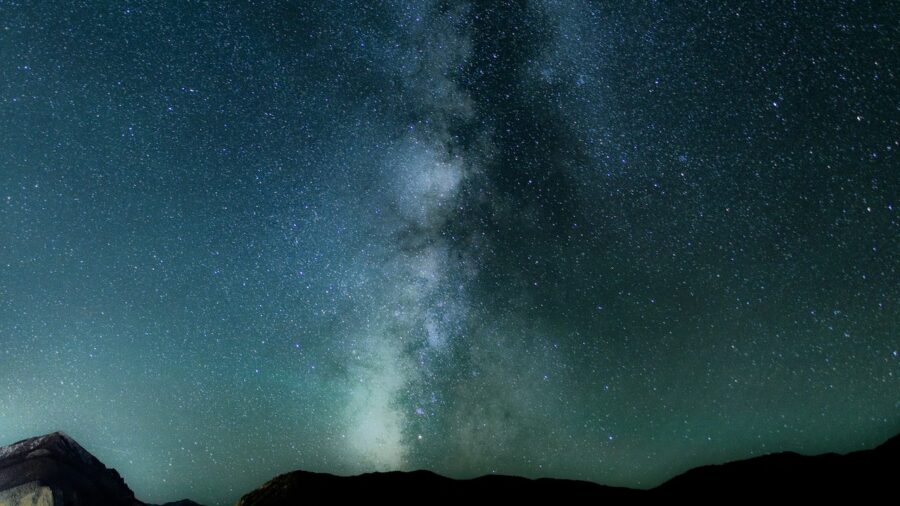
Because the Oregon Outback is far from cities and has a very small population already, the designation as a dark sky sanctuary was a simpler choice than in areas with more artificial light already being produced.
The area of the Dark Sky project is intended to spread to over 11 million acres in the coming months as the US Bureau of Land Management expands the area of the sanctuary alongside partners from the State of Oregon and two wildlife refuges.
The ambitious plan is a unique opportunity for study and can also aid in conservation efforts in the area.
Replacing Lights For Dark Sky
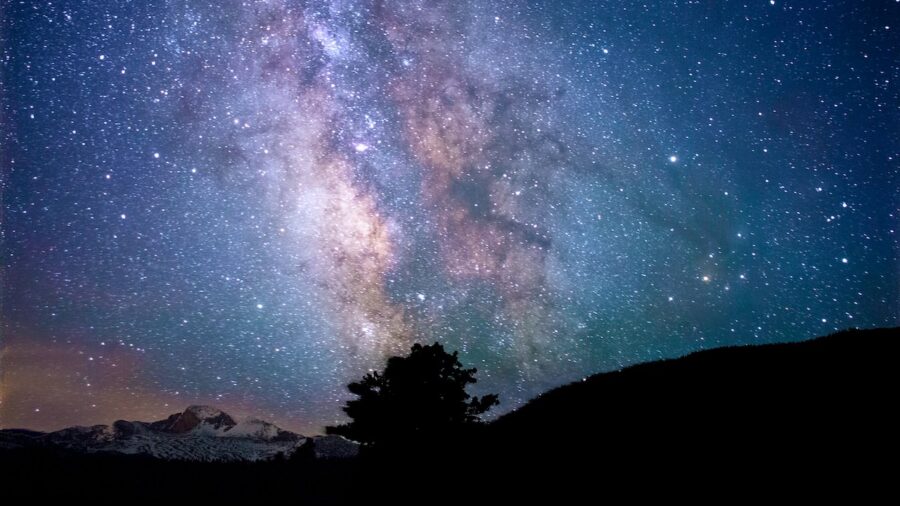
The International Dark Sky Sanctuary in the Oregon Outback is located in Lake County, Oregon, and includes the Summer Lake Hot Springs and Summer Lake, just outside of Paisley, OR, with a population of 254.
The projected expansion would involve including areas in Malheur and Harney Counties in Oregon once agreements with local stakeholders to mitigate outdoor lights can be reached.
The Dark Sky Sanctuary has already replaced 60 lights on public roadways, and an expansion of the reserve would include more light mitigation on public roads.
Remote Location
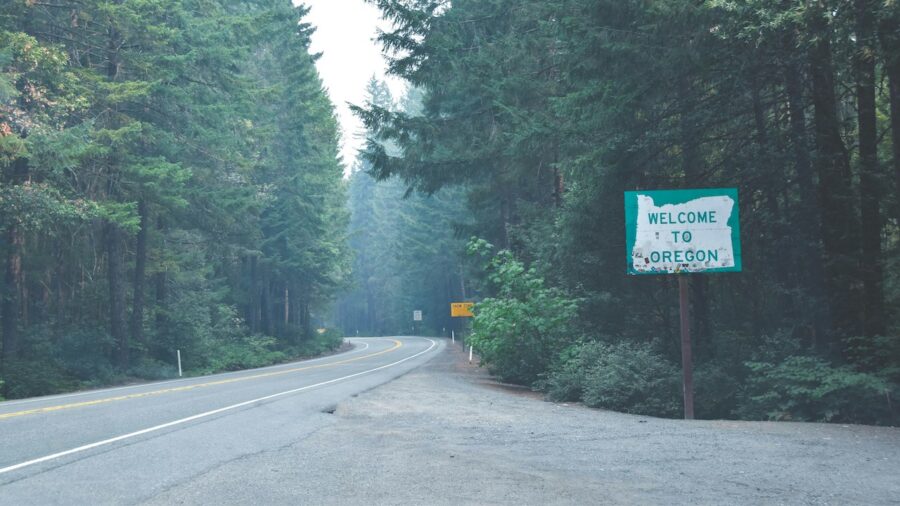
Recreation in the Dark Sky Sanctuary in Oregon is encouraged, and visitors may camp, take tours, and hold stargazing parties within the reserve.
While visiting is fine, amateur astronomers are encouraged to prepare for the remoteness of the location. The Oregon Outback can be very cold at night, and there is limited cell phone service in the area.
Planning ahead with printed maps, bringing cold weather gear, and checking the conditions before you head out is a must.
Low Artificial Light And Little Development
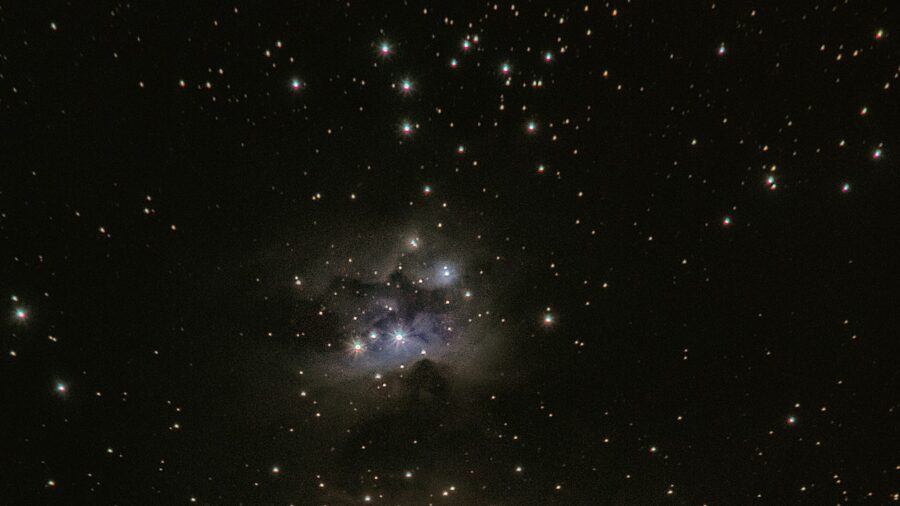
Because the area surrounding the Dark Sky Sanctuary has two wildlife refuges, the Malheur Wildlife Refuge, and the Hart Mountain Antelope Refuge, expanding the Dark Sky area in the Southeast part of Oregon seems like a logical next step.
The wildlife areas already have a very low level of artificial light and aren’t places where a lot of development is likely to occur in the near future, making them prime spots for a Dark Sky Sanctuary.
Since ecologists have been studying the effects of artificial light on wildlife, they have discovered that it can harm a wide range of diurnal and nocturnal animals, so mitigating that within the wildlife sanctuaries will have a positive effect, overall.
Other Dark Sky Sanctuaries
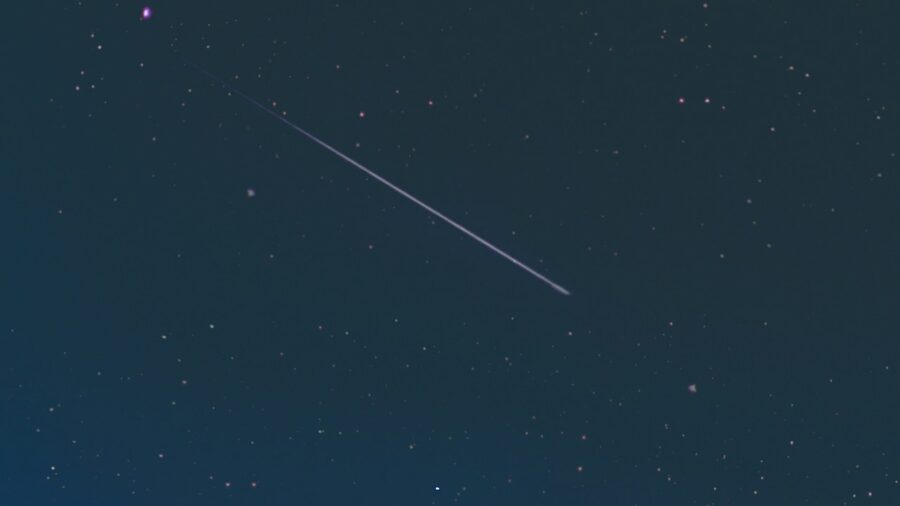
Creating Dark Sky Sanctuaries isn’t just a project for Oregon but has been an international effort since 2001. Since then, more than 200 places have been certified as Dark Sky Sanctuaries around the world in an effort to preserve our ability to observe the night sky as well as protect wildlife from the effects of artificial light.
The expansion of Oregon’s Dark Sky Sanctuary to an area larger than the size of the State of Florida is an ambitious contribution to this effort.










